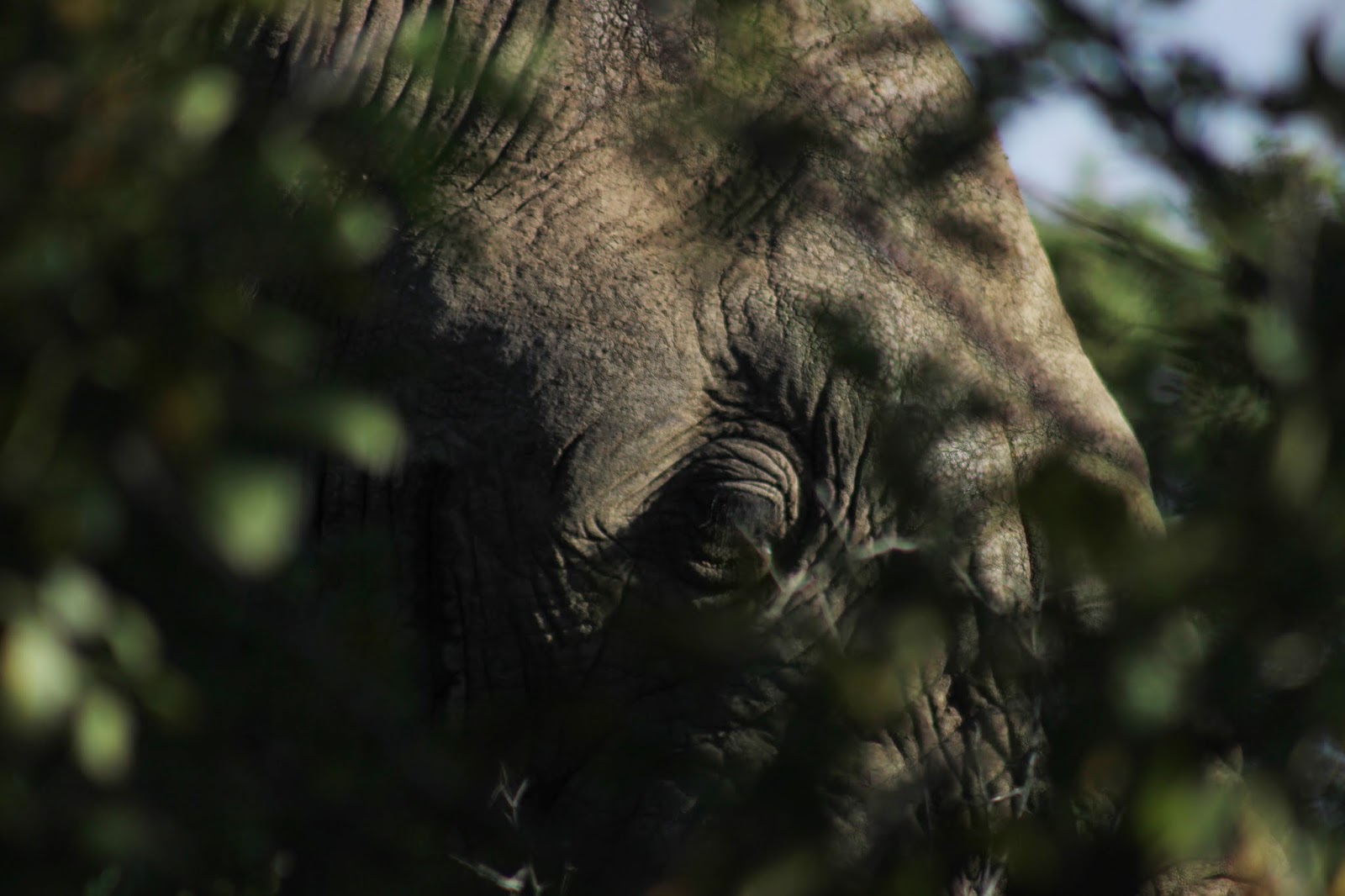That’s it.
Now I’ve got exactly a week left in South Africa.
It strikes me
every time I think how soon I’ll be home. I feel like the days are passing
faster and faster. There’s no more “oh, I’ll do that later, I still have plenty
of time” – now things have to get done. Wrap up the data in Excel, make sure it’s
sorted right, put all the formulas in the comments and keep the values only. Put
a festive ribbon around it and tie a note “ready for R” on it. Scary stuff.
But I rather
finish my data management quickly so that over a day or two I can just sit
outside, enjoy the warm sun and let my thoughts wander slowly over the past 4
months, recalling all the precious moments this park had created. How I got “stuck
in traffic” because an elephant decided to feed intensively on an overhanging
tree at the road, or how I was hiding behind a bush while my guard
whistled away a group of white rhinos that had decided to spend their morning on
my experimental plot. How I spend a day on the field under a constant watch of fifteen
giraffes, ten zebras and a couple of warthogs or how I needed to stop weekly at
a wild dog boma to collect scat from the enclosure while the dogs were running
around me.
Or just the
simple yet exclusive everyday life. Sharing the garden with lovely samangos,
listening to their chatter and exchanging curious looks with their youngest,
and going to bed with bushbabies screaming and elephants feeding and rumbling
just outside my room.
One quickly
forgets how lucky he/she is. Gets used to the luxury of everyday sighting of unique
African wildlife and getting the first-hand experience of work in a diverse
savannah environment with highly endangered species like rhino and wild dog. Has
to remind him/herself to stop and appreciate the moment of seeing a wake of vultures drinking at the river
or a herd wildebeest resting in the shade of tamboti trees.
The fact that
the time literally flew past me proves that even though I got a feeling of monotony
and weariness from time to time, that was not the case. South Africa always
provided with high class entertainment, even outside the park – for example, last time we visited
Hluhluwe town for shopping, we saw a truck with massive speakers playing loud
electro-with-African-beats music and a proper crowd around it, selling toast bread.
Or Cape Town, where “quick and painless abortion” leaflets can be found on the walls of the old castle and where pubs share their backyards with seals and
penguins.
After all
that, I can almost understand why South African bureaucracy is such a struggle.
Why they have to make sure foreigners will not stay too long and even deport
them if necessary.
Because if
they spend too much time around, they will join the diversity, get a strong taste
of the local lifestyle and meet wonderful, friendly, open-minded people. And they
might as well fall in love with the place that offers a never ending experience. Which will make
them want to stay.













.jpg)
.jpg)
.jpg)



